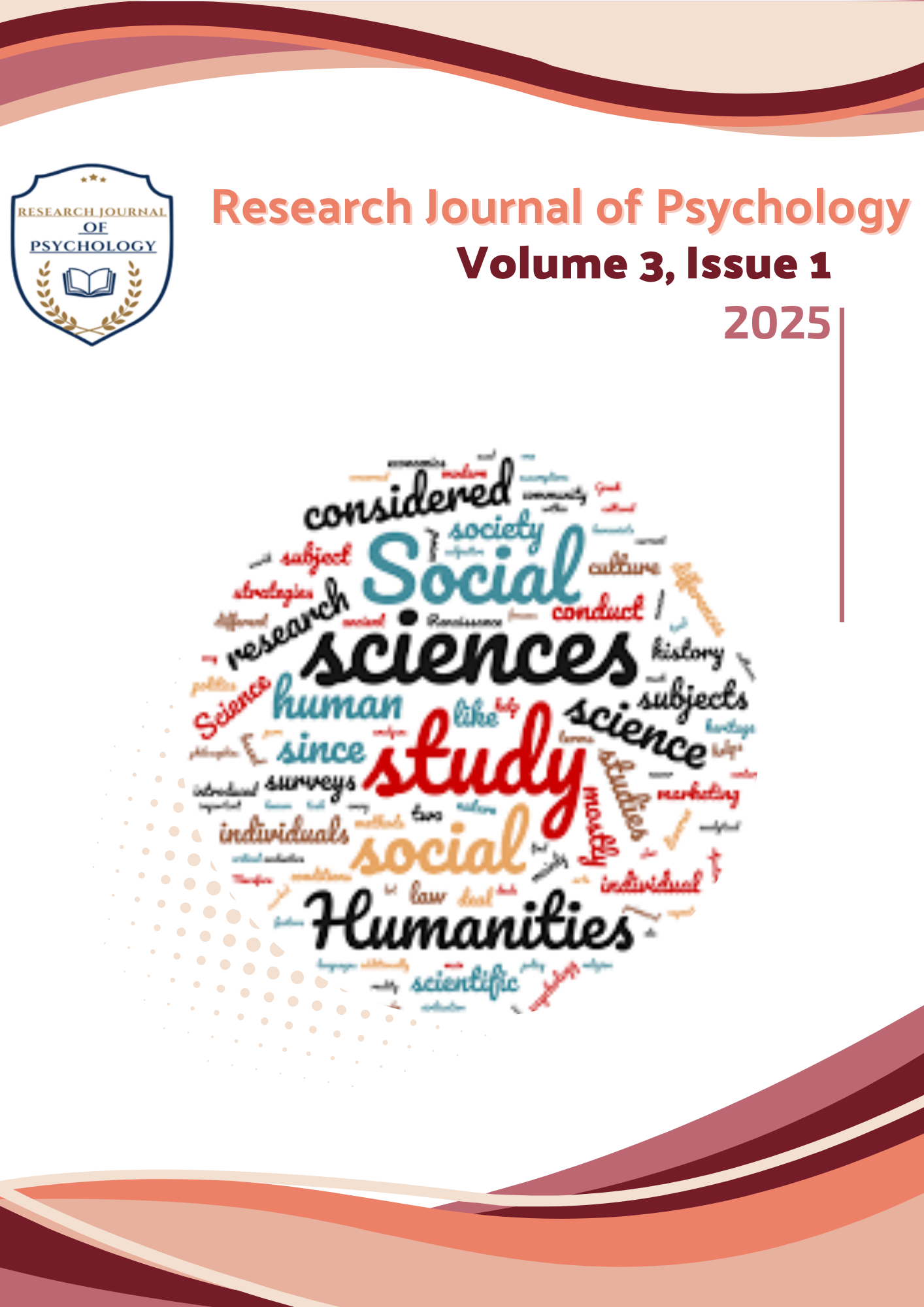Dark Triad Traits and Peer Influence on Mental Well-Being among University Students
DOI:
https://doi.org/10.59075/rjs.v3i1.92Keywords:
Dark Triad Traits, Peer Influence, Mental Well-being.Abstract
The present study examines the relationship between the dark triad traits and peer influence on mental well-being among university students. A purposive sampling technique will be used, and data will be collected from different universities the sample (N=300) comprised of students (male and female) with an age range of 20-30 i.e. 20-25 years (young adults) and 26-30 years (middle age) WHO, 2018 in Rawalpindi and Islamabad Pakistan. The variable would be marked through Measures of the Dark Triad Dirty Dozen (DTDD) by Jonason, 2010, Peer Pressure Questionnaires (PPQ) by Sunil, et al., 2016 and Warwick Edinburgh Mental Well-being Scale (WEMWBS) by Tennant, et al., 2007 were used to access the study variables. The results show a negative relationship between dark triad traits with the mental well-being of university students and a positive relationship between peer influence and the mental well-being of university students. The data will be analyzed by using a statistical package for social sciences IBM SPSS.
Downloads
Published
How to Cite
Issue
Section
License
Copyright (c) 2025 Pakistan Journal of Multidisciplinary Innovation

This work is licensed under a Creative Commons Attribution 4.0 International License.







